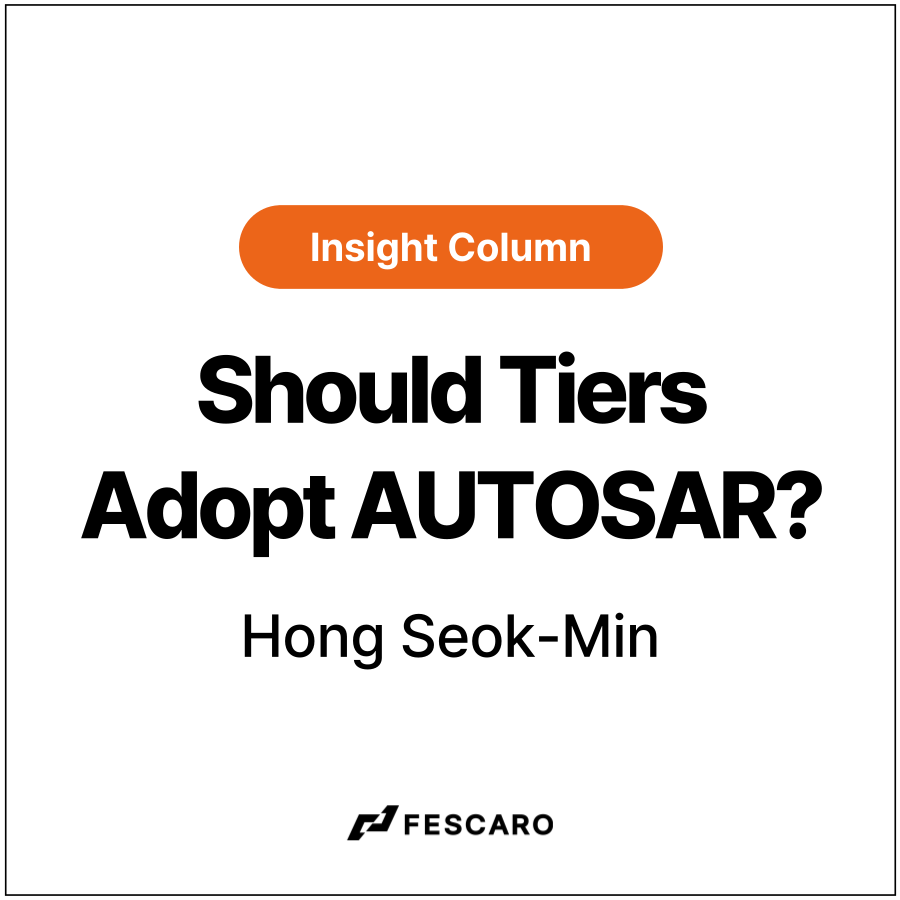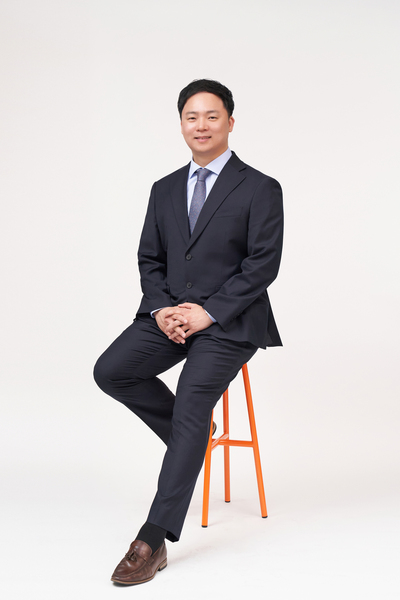

Hong Seok-Min, CEO of FESCARO
Key Considerations in the SDV
(Software-Defined Vehicle) race
Three months after Apple announced it was
ceasing its self-driving electric vehicle development project, ‘Apple Car,’ a new
announcement arose that it is considering cooperation with Rivian, an electric
vehicle company. Apple will focus on semi-autonomous systems but leverage
Rivian's automotive expertise in brakes, powertrains, etc. [1] As automotive
functionality becomes increasingly software-driven, not only existing OEMs but
also tech companies such as Apple, Huawei, and Xiaomi are joining the
transition to SDV. The strategy is to utilize their software capabilities in
the IT and consumer electronics markets.
However, it's important to bear in mind
that an increase in software correlates with a heightened risk of vehicle
hacking. To respond to vehicle cybersecurity threats and create an environment
where vehicles can be operated safely, the UNECE World Forum for Harmonization
of Vehicle Regulations (WP.29) has enacted relevant regulations (UN R155/R156),
and in Korea as well, the Motor Vehicle Management Act has newly established
provisions related to the 'vehicle cyber security management system' and
'software update'.
In order to comply with the 'Cyber Security
Management System' provisions of the amendment to the Motor Vehicle Management
Act, it is necessary to protect the electronic controller itself or defend the
vehicle from external attacks and to establish a vSOC(vehicle Security
Operation Center) to manage vehicle security continuously. These security
measures are being implemented in software, and related requirements will
continue to evolve. Therefore, controller developers (Tiers) must effectively
develop and manage cybersecurity and controller software to flexibly respond to
the requirements. This is why the need for a software platform comes in.
Essential element for SDV, ‘AUTOSAR (international
standardization platform for vehicle software)’
The software platform aims to promote
development convenience and versatility by standardizing software structures
that have had difficulty responding to various needs and changes. Tiers need to
consider the application of software platforms positively for efficiency in
software development and management, reusability and scalability, and
controller competitiveness.
The most widely used platform in the
automotive software field is AUTOSAR. AUTOSAR is an Automotive Open System
Architecture developed by OEMs such as BMW, Ford, and VOLKSWAGEN GROUP, and
Tiers such as BOSCH and Continental. AUTOSAR not only reduces development time
and costs, but also improves responsiveness to new requirements and software
quality.
Considerations when applying AUTOSAR
When applying AUTOSAR, it is important to
consider whether the features are ready to meet the OEM's requirements, support
the microcontroller units (MCUs) to be used, provide effective engineering
services at a reasonable cost, and enhance software reusability and business
scalability. Previously, only the original functionality of the controller was
considered, but now, cybersecurity, functional safety, and software
over-the-air (OTA) updates should also be considered to select the optimal
AUTOSAR solution.
After selecting a solution, it is necessary
to check what services and components are required for the controller within
the AUTOSAR Basic Software (BSW). Typically, when purchasing AUTOSAR, the
Configuration Tool, BSW, and Runtime Environment (RTE) are delivered, and the
AUTOSAR Microcontroller Abstraction Layer (MCAL) is offered by the MCU vendor
or included in the AUTOSAR package.
From responding to the Motor Vehicle
Management Act to strengthening global competitiveness, for continuous growth
The automotive industry is constantly
evolving, with the rise of high-performance electronics controllers for SDVs,
changes in electrical and electronic (E&E) architectures, and software
sophistication. Amidst these changes, Tiers need to maximize the efficiency of
software development and management. By applying AUTOSAR, the convenience and
reusability of software development increases, enabling Tiers to respond to the
Korean Motor Vehicle Management Act amendment and secure competitiveness
globally, since it can effectively respond to the requirements of various
global OEMs. In other words, AUTOSAR is indispensable for survival in the SDV
era.
AUTOSAR can be categorized into Application
Software (ASW) and BSW. ASW deals with controller-specific functions for each
controller, and BSW deals with the general-purpose functions of the controller.
With the current shortage of electronics software developers, working with a
company specializing in AUTOSAR can be a good solution. The BSW areas that
require more software resources, such as communication, memory, diagnostics,
cybersecurity, and OTA, can be outsourced to a specialist like FESCARO, while
Tier’s internal software developers can handle the ASW areas related to
controller-specific functions.
If you need help with limited software development resources, FESCARO can provide you with an optimized BSW solution in the most practical way.
[1] Apple announced that it is considering cooperation with Rivian
<Source : monthlypeople (In the SDV era, Should Tiers Adopt AUTOSAR?)>